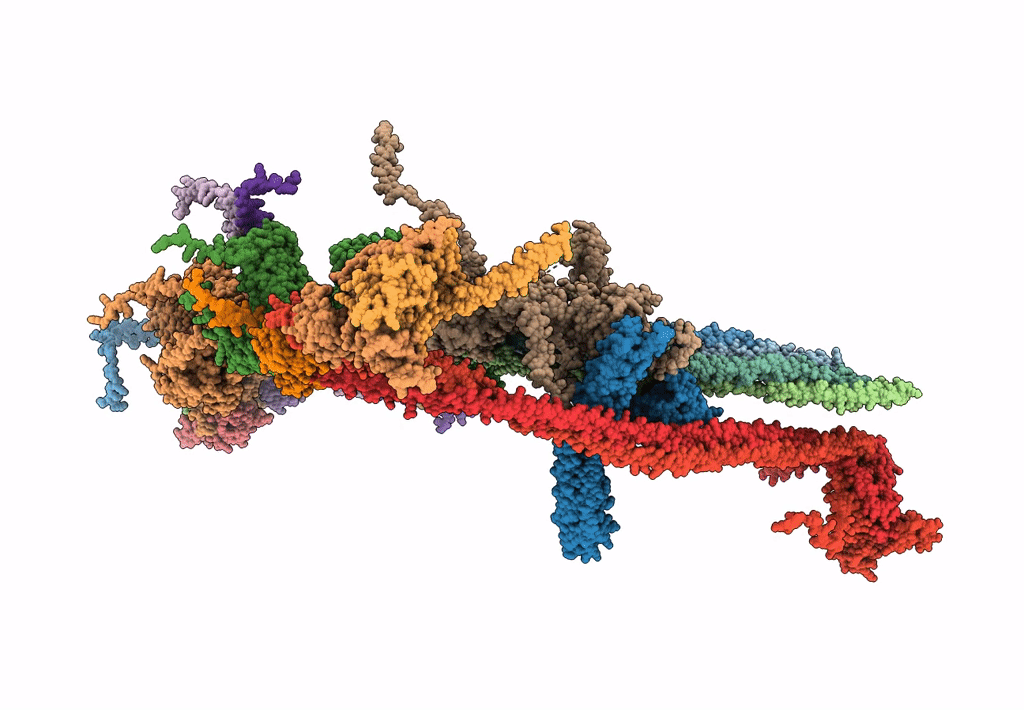
Deposition Date
2023-07-14
Release Date
2023-09-20
Last Version Date
2024-10-23
Entry Detail
PDB ID:
8TH8
Keywords:
Title:
Linker domain of Nexin-dynein regulatory complex from Tetrahymena thermophila
Biological Source:
Source Organism:
Tetrahymena thermophila (Taxon ID: 5911)
Method Details:
Experimental Method:
Resolution:
7.40 Å
Aggregation State:
CELL
Reconstruction Method:
SINGLE PARTICLE


